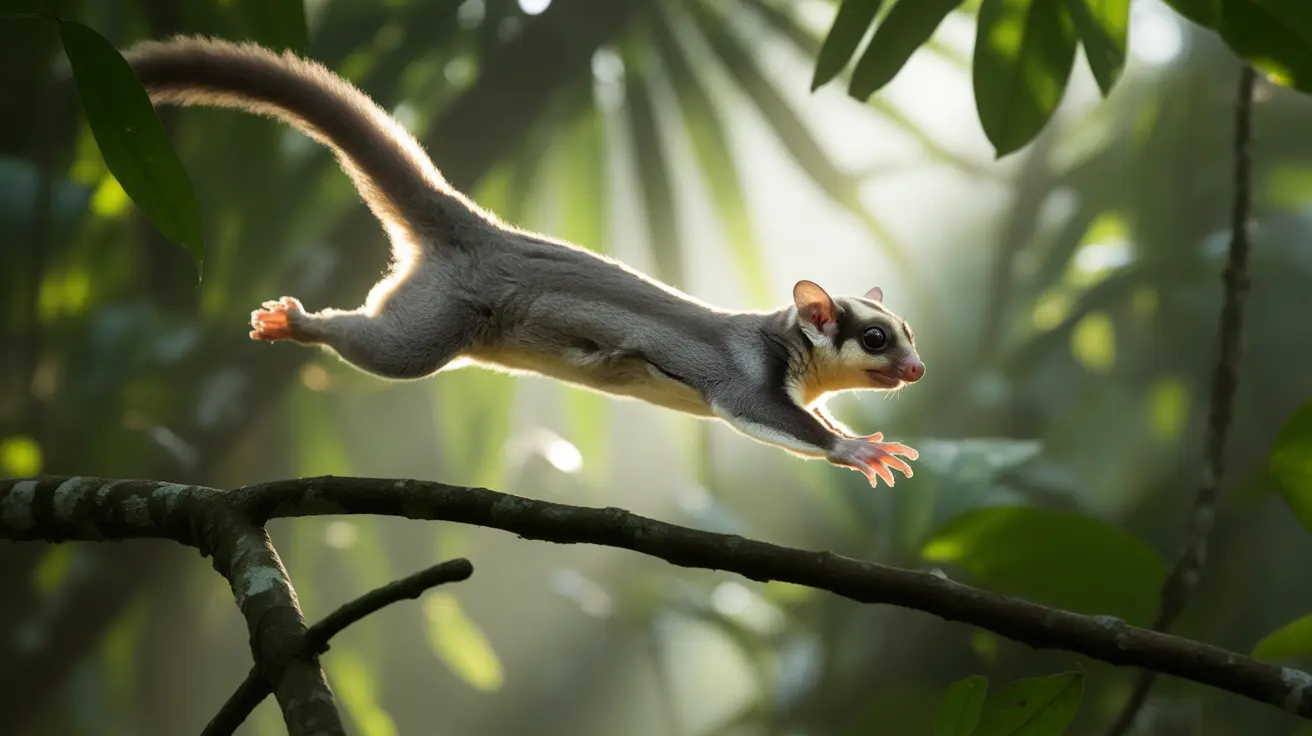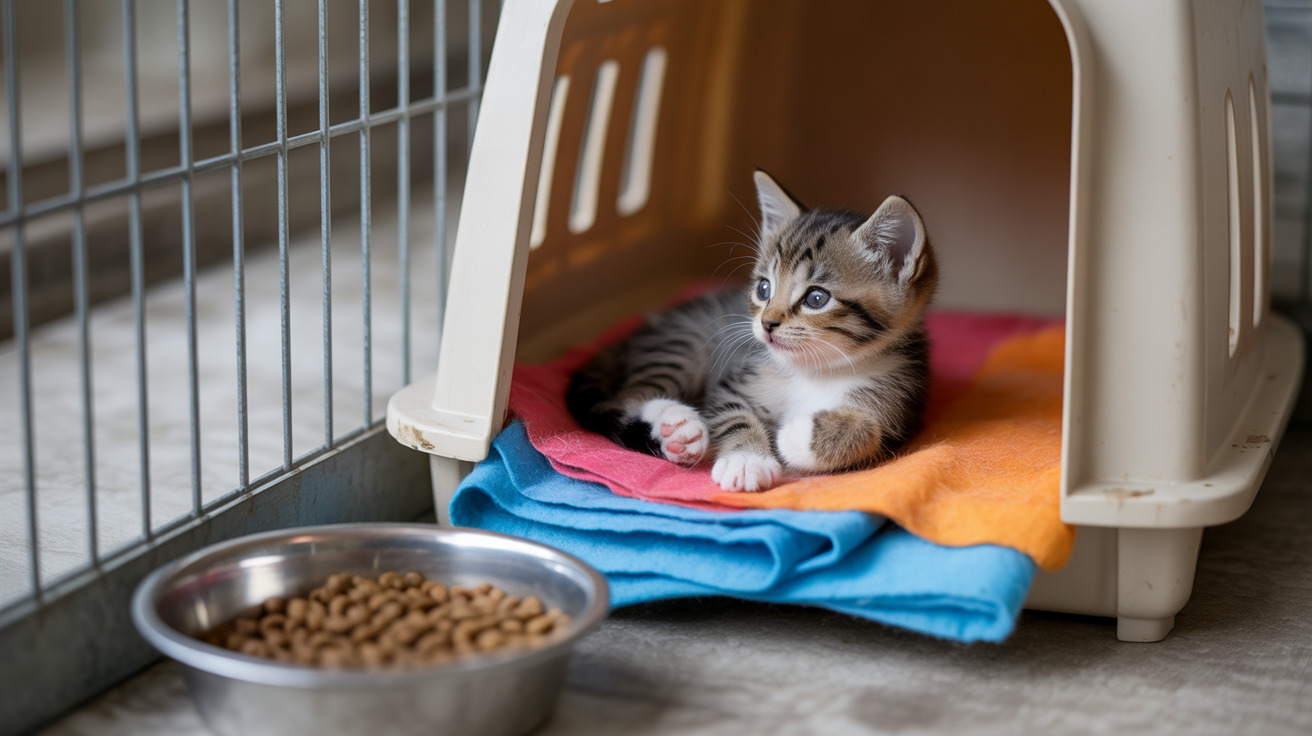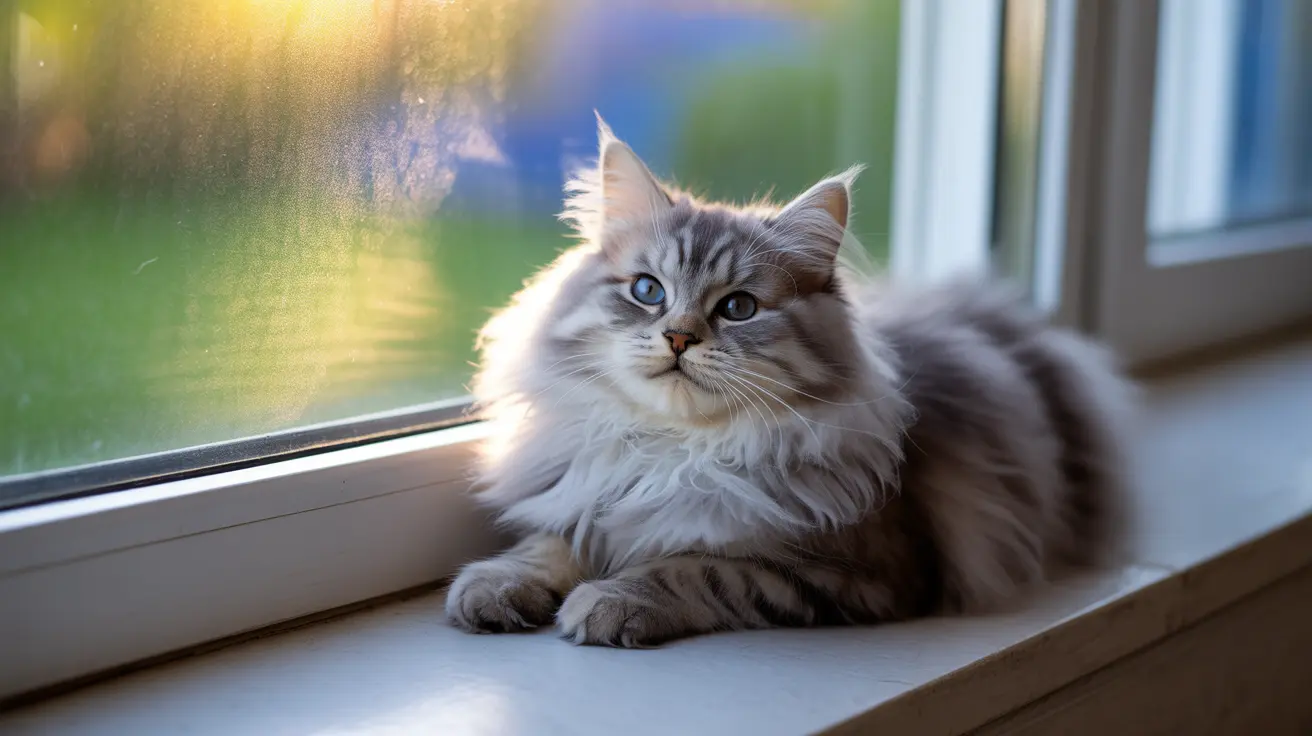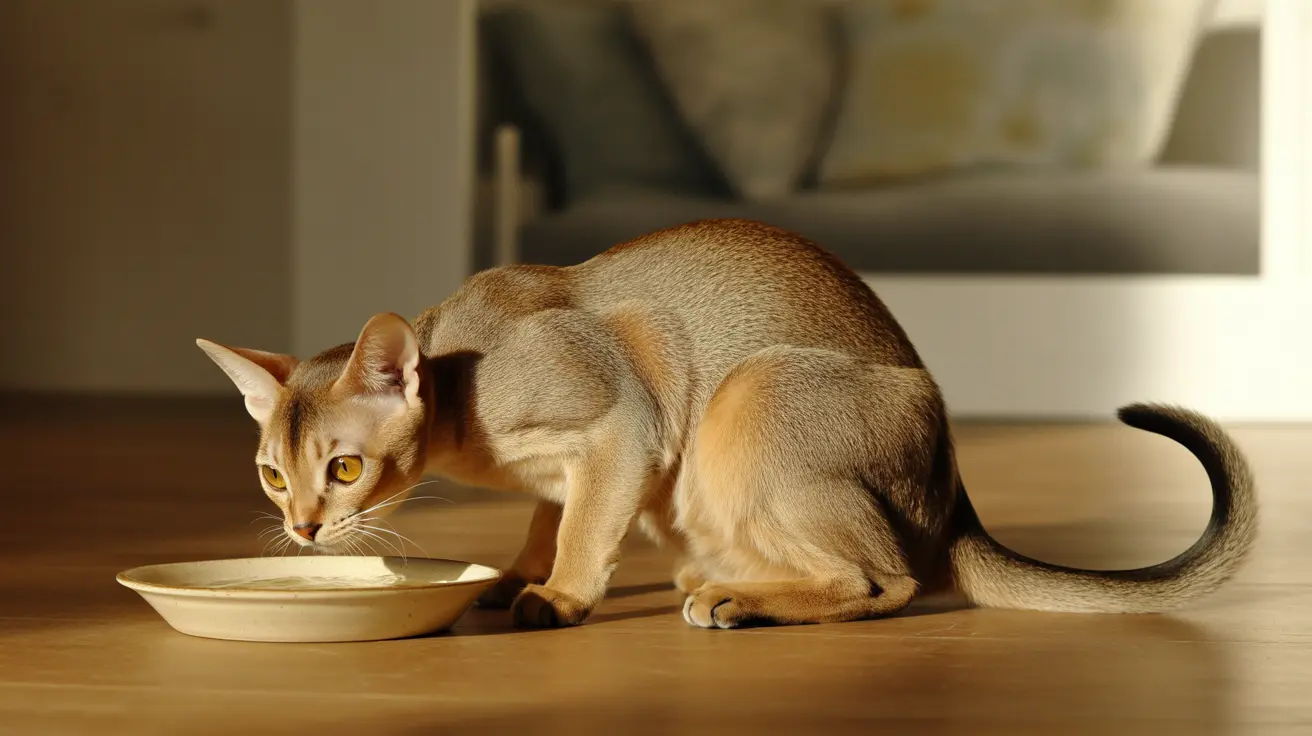Sugar gliders are fascinating exotic pets that have captured the hearts of animal enthusiasts worldwide. These small marsupials, native to Australia and New Guinea, possess unique characteristics that make them both rewarding and challenging to care for. Their distinctive gliding membrane—a thin, fur-covered skin stretching from wrist to ankle—allows them to gracefully soar between trees in their natural habitat, providing them with a dynamic and active lifestyle that requires special attention in a domestic setting.
As nocturnal creatures, sugar gliders require specialized care and attention to thrive in captivity. Their social nature and complex needs demand a thorough understanding of proper housing, nutrition, and environmental enrichment. Whether you're considering adding a sugar glider to your family or looking to enhance your current pet care routine, this comprehensive guide will help you provide the best possible care for these remarkable creatures.
Understanding the fundamentals of sugar glider care is essential for ensuring these social, intelligent animals live happy and healthy lives in captivity. From their dietary requirements to their social needs, every aspect of their care must be carefully considered and implemented to promote both physical and emotional well-being.
Natural Habitat and Social Structure
Native Environment and Living Patterns
In their natural habitat, sugar gliders inhabit the forests and woodlands of eastern Australia and New Guinea. These regions provide them with abundant trees for gliding, shelter, and foraging. They make their homes in tree hollows and crevices, using their gliding abilities to navigate the forest canopy safely while searching for food and avoiding predators. This lifestyle shapes many of their physical and behavioral adaptations, including their need for vertical space and opportunities for exercise in captivity.
Social Behavior and Group Dynamics
Sugar glider social needs are paramount to their well-being. In the wild, they live in colonies of up to seven adults plus offspring, sharing nest sites and engaging in regular social grooming. This strong social structure must be replicated in captivity to prevent isolation stress and ensure proper mental health. When housed with companions, sugar gliders are more active, less stressed, and exhibit fewer behavioral problems.
Essential Care Requirements
Diet and Nutrition
A proper sugar glider diet consists of a carefully balanced mix of proteins, fruits, and vegetables. Their diet should be varied to mimic the diversity of food sources found in their native environment. The best food for sugar gliders includes:
- Fresh fruits such as papaya, oranges, and bananas, which provide essential vitamins and hydration.
- Vegetables like squash, cucumber, and bell peppers to offer fiber and additional nutrients.
- Protein sources including insects such as crickets and mealworms, which replicate their natural insectivorous diet.
- Specialized commercial pellets designed for sugar gliders that ensure balanced nutrition.
- Appropriate sugar glider supplements, especially calcium and vitamin D3, to prevent nutritional deficiencies that can lead to health problems like metabolic bone disease.
Owners should research thoroughly and consult with exotic animal veterinarians to tailor a diet specific to their gliders’ needs, offering fresh food daily and avoiding toxic foods like onions, garlic, and chocolate.
Housing and Environment
Sugar glider housing should provide ample space for climbing, gliding, and exploration. A proper sugar glider cage setup includes:
- A tall, spacious cage with secure wire mesh, at least 24 x 24 x 36 inches, to allow climbing and active movement.
- Multiple levels, branches, ladders, and climbing structures that encourage natural behaviors such as leaping and gliding.
- Comfortable sleeping pouches made of soft, safe materials where sugar gliders can retreat and feel secure.
- Various enrichment toys and activities to prevent boredom and promote mental stimulation.
- Temperature control with a stable environment kept between 75-90°F (24-32°C), as sugar gliders are sensitive to cold and drafts. Consider placing the cage in a quiet room away from direct sunlight and drafts.
Maintaining cleanliness is crucial—regularly clean and disinfect the cage, replace bedding, and switch out soiled pouches or toys to reduce the risk of disease.
Health and Wellness
Preventative Care
Regular sugar glider veterinary care is crucial for maintaining good health. Schedule annual check-ups with an exotic pet specialist who understands marsupial needs. Watch for signs of illness, such as lethargy, changes in eating or grooming habits, or abnormal droppings. Early intervention can significantly improve outcomes. Proper grooming and hygiene, including nail trims and periodic pouch cleaning, help prevent health issues before they arise, reducing the chances of infections and injuries.
Exercise and Enrichment
Sugar glider exercise and enrichment are vital components of their care routine. Gliders are active and inquisitive, requiring daily opportunities for activity and problem-solving. Provide a rotation of toys that encourage natural behaviors:
- Climbing ropes and branches allow for scaling and jumping, simulating their wild environment.
- Exercise wheels, designed for sugar glider safety (solid surface, not wire), help channel their energy.
- Foraging puzzles stimulate their intelligence, rewarding them for solving tasks with treats.
- Interactive play items, such as swings and tunnels, keep them engaged and reduce stress.
Changing and introducing new toys regularly can prevent boredom and promote well-being. Supervised out-of-cage play in a glider-proofed area offers additional stimulation, but always monitor closely for safety.
Socialization and Bonding
Building Trust
Sugar glider bonding requires patience and consistency. Start by spending time near the cage, speaking softly to acclimate your pet to your presence. Gradually introduce gentle handling sessions, using bonding pouches to help them feel secure close to your body. Treats and gentle interaction create positive associations, helping to strengthen the bond between pet and owner. Establish daily routines, as consistency makes gliders feel safer and more comfortable, speeding up the bonding process.
Preventing Isolation
To avoid isolation stress in sugar gliders, it’s highly recommended to keep them in pairs or small groups. Single sugar gliders often develop behavioral issues and depression, such as self-mutilation, vocal distress, or lethargy. Providing social companions mimics their natural colony structure, supporting their emotional health and helping them thrive as pets. Even in groups, continued human interaction is important for strong, trusting relationships.
Frequently Asked Questions
- What do sugar gliders eat? Sugar gliders need a balanced diet of fresh fruits, vegetables, protein sources like insects, and specialty pellets to meet all their nutritional requirements.
- How much space do sugar gliders need? They require a large, vertically-oriented cage with ample room for climbing and playing to support their active lifestyle.
- Are sugar gliders social animals? Yes, they are highly social and thrive in groups. Lone sugar gliders can become lonely and exhibit behavioral problems.
- What kind of toys benefit sugar gliders? Toys that encourage natural climbing, chewing, gliding, and foraging behaviors provide mental and physical enrichment.
- How often should sugar gliders visit a vet? Annual check-ups with an experienced exotic pet veterinarian are vital for ongoing health monitoring and disease prevention.
- What is the average lifespan of a sugar glider? With proper care, sugar gliders can live between 10 and 15 years in captivity.
- Do sugar gliders need company? Yes, they are highly social and should ideally be kept in pairs or small groups to maintain their well-being.
- How do you bond with a sugar glider? Gentle handling, consistent interaction, and using bonding pouches help build trust over time.
- Are sugar gliders nocturnal? Yes, they are most active at night, so expect them to play, eat, and interact mainly after dusk.
- What are common health issues in sugar gliders? Nutritional deficiencies, infections, trauma, and dental problems are among the common concerns. Monitoring their health regularly helps catch issues early.
- How can I set up a proper sugar glider habitat? Start with a spacious cage, vertical climbing structures, nesting pouches, and safe toys that cater to their need for exploration and comfort.
Successful sugar glider care requires dedication, knowledge, and commitment to providing these unique pets with everything they need to thrive. By following proper care guidelines and maintaining consistent attention to their physical and emotional needs, you can ensure your sugar gliders live long, healthy, and happy lives as beloved family pets.






